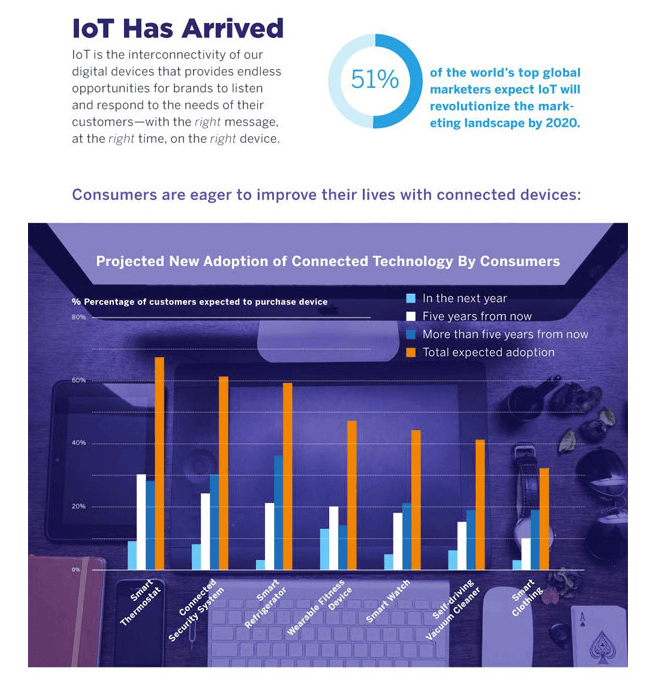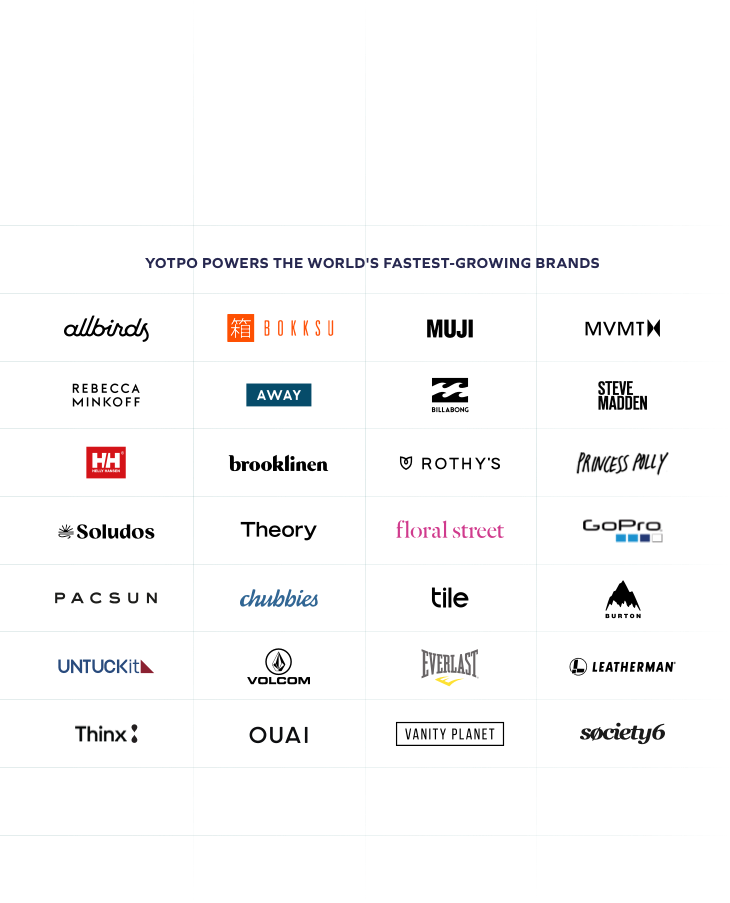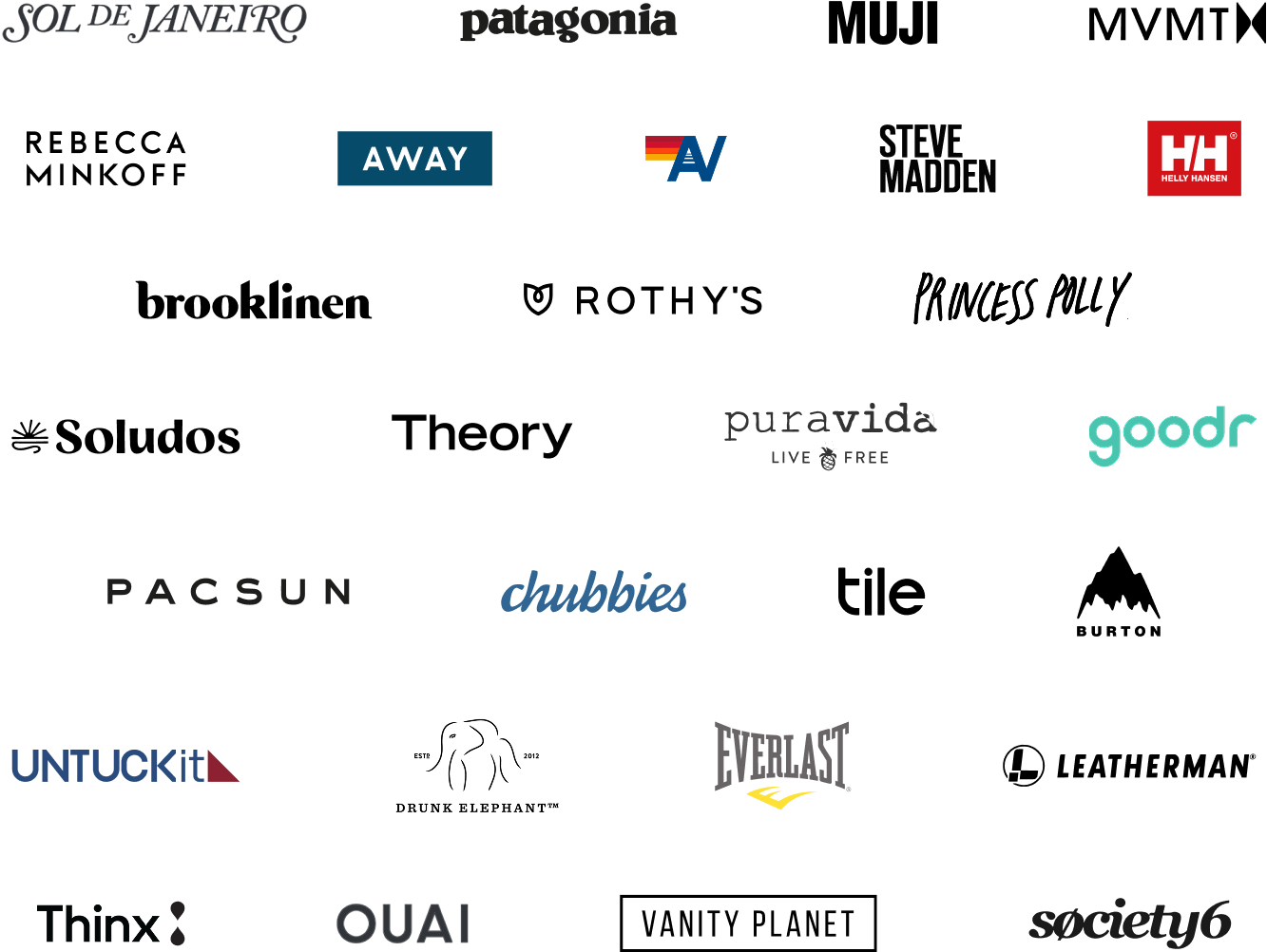We wear devices on our wrists that track our activity levels, install smoke detectors that transmit maintenance notifications via email instead of emitting obnoxious beeps in the middle of the night, and can soon use whiskey bottles that display cocktail recipes on our mobile phones the minute we unscrew the cap.
According to the IDC, the connected objects and Internet of Things (IoT) industry will generate $7.1 trillion in market revenue by 2020. And it’s not just revolutionizing the way we interact with our products, it’s also changing our shopping experiences.
And, as this excerpt from Marketo’s fantastic infographic on the Smart Insights blog shows, IoT has arrived and consumers are ready to adopt new technologies.

When people think about the combined forces of IoT and eCommerce, consumer products are often the first concept that comes to mind.
It’s an exciting space that’s already attracting a lot of attention, not to mention investment.
Apple recently released iBeacon, Google recently acquired Nest, and Amazon’s Echo is showing some promise.
Yet, IoT has huge implications for business beyond physical objects people can buy. IoT has the ability to change the way businesses work, and companies are starting to take notice.
Online businesses can benefit from getting ahead of their competition by beginning to use IoT in innovative ways.
Here are a few examples of how IoT can start helping you today.
How the Internet of Things Helps Businesses Improve Consumer Experiences
Staying ahead of retail industry trends means anticipating the needs of consumer well in advance.
Companies can now text a personalized discount to a shopper as soon as they walk in their store or access their website. They can reduce a flurry of customer service phone calls by Tweeting important statuses that impact consumers. With the advent of conversational commerce, they can also engage and update their clients directly through automated shopping bots.
The brands who are leaping on these eCommerce trends are bringing customer engagement to a new level, and, as a result, customer expectations are also increasing.
According to a study conducted by global consulting firm Accenture, brands such as Lord & Taylor and Hudson’s Bay are capitalizing on Apple’s iBeacon technology and a mobile marketing platform called Swirl to deliver personalized promotions to customers once they download the brand’s app on their smartphone.
This goes much farther than just targeted advertising and real-time promotions.
IoT also enables companies to differentiate their businesses and provide greater value to their consumers.
Data aggregated from various devices is a leading trend in how brands improve customer experiences.
IoT allows stores to combine this data with action in order to open the doors to many customer engagement strategies including after-sales services, maintenance & long-term warranties.
A consumer’s brand experience no longer stops the moment they leave a brick-and-mortar shop or receive a package in the mail.
It’s becoming a continued conversation lasting throughout the life of a product.
How the IoT Impacts eCommerce Spaces
Through the help of IoT, businesses gain information about energy use and environmental factors like air quality, lighting, and building security in order to make more financially effective decisions about space.
Items like smart lighting can drastically reduce your operations budget.
A tracking system in your warehouse can help automate inventory management, a tracking system in your logistics supply line can improve delivery times and sensors in the right locations can keep you in touch with the information that matters most.
Smarter spaces also extend beyond the physical workplace or warehouse.
You might not think of your smartphone as an IoT powerhouse, but from starting a small eCommerce shop with limited infrastructure to running an international manufacturing venture, mobile devices are becoming the number one way to stay nimble and collaborate with the people who matter.
As long as you have a reliable internet connection, it’s possible to plan your next project, manage inventory and schedule meetings directly from your phone.
IoT is already helping all of us stay connected and productive, regardless of life’s curve balls.
As companies offer more flexible work hours and locations, tools that keep employees informed and engaged give businesses a competitive edge.
How IoT Impacts eCommerce Logistics
Visibility during the transit of goods from one place to another is a consistent pain point for companies with multiple locations and suppliers.
The application of IoT makes it possible to keep track of individual items throughout their journey from manufacturing to consumption.
Together, cloud-based GPS and RFID technologies are able to provide information about a product in transit. Recording identity, location and temperature can assure quality upon delivery.
Driver or route specific data can be collected such as typical driving pattern, average speed and unexpected traffic snarls. The ability to predict the exact time of delivery arrival or departure is revolutionizing supply chain processes.
By allowing devices to communicate with each other, IoT is helping businesses:
- Limit lost revenue. Anticipate product issues before a delivery arrives, so employees have time to find a solution.
- Reduce fuel consumption. Increase route efficiency by monitoring traffic conditions and help the environment at the same time.
- Decrease redundancy. Combine or limit unnecessary routes to reduce deadhead.
- Manage warehouse stock. Monitor inventory to reduce over-stock or out-of-stock conditions.
The future retail industry trends will depend upon how eCommerce merchants optimize their operations – online and off.
IoT in the Wild: Ford & Carrefore
With over ten thousand locations—many within dense city centers—international grocery store Carrefour understands the difficulty of managing inventory in small retail spaces.
To serve the unique needs of different consumers in different cities, Carrefour has installed new IoT-driven software that tailors inventory decisions to each individual store.
Pierre Emmanuel Berneau, statistics and data management manager, says that the company has been looking “to bring together data from previous promotions and built up a profile of sales by geography, size [and] seasonality.”
Carrefour is now offering specific discounts targeted to regions or individual cities. As a result of implementing in-store beacons, Carrefour’s rate of app signups exploded over the course of seven months.
The time shoppers spent using the app increased by 400% and the number of app users increased by 600%.
In recent years, cars have been getting more clever. They can communicate with smartphones, RFIDs, even other cars. Drivers can control and launch apps with voice command, connect to social media accounts and enable the system to receive email notifications and text messages.
Under the hood, Ford has announced that it will partner with Microsoft Azure to automate updates to automobile software as well as functionality that enables owners to maintain or locate their vehicles.
As a result of this new offering, Ford vehicle owners with these systems will no longer need to take their cars to the dealership for periodic software upgrades. Instead, they will be able to leverage the car’s ability to connect to a wireless network to download enhancements.
What’s next?
In 1991, Mark Weiser wrote:
As microchips get smaller and less expensive—thanks to Moore’s law—the cost of embedding sensors and trackers will continue to decrease as well.
Over the next few years, IoT will become a necessary utility for large and small companies alike, much like the Internet itself is today.
According to a forecast by the tech analyst firm Linley Group, the Internet of Things could bring electronic brains to more than 1.9 billion devices by the year 2020. Getting ahead of this trend is sure to pay off in the future.














 Join a free demo, personalized to fit your needs
Join a free demo, personalized to fit your needs